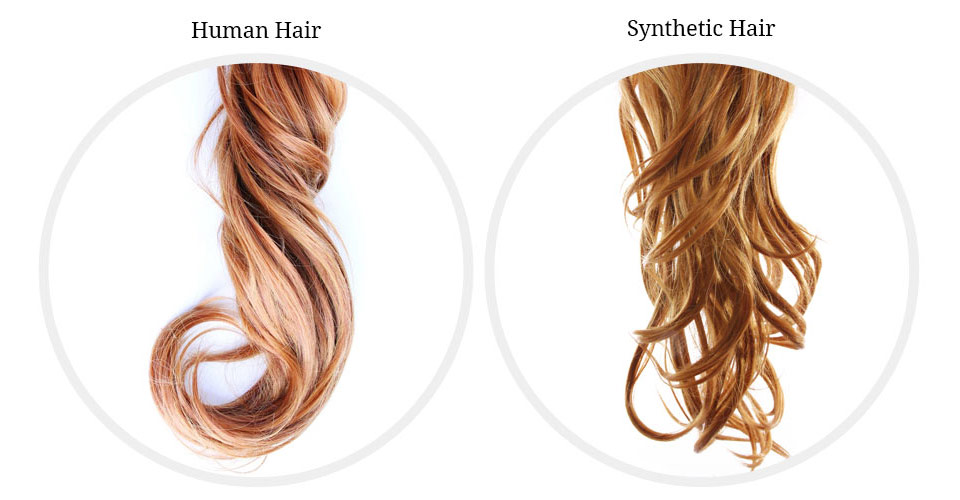
Washing
Frequency: Wash synthetic hair extensions or wigs every 6-8 wears, or as needed.
Shampooing: Use a mild shampoo formulated for synthetic hair.
Water Temperature: Use cold water to avoid damaging the fibers.
Gentle Handling: Avoid rubbing or twisting the hair; instead, gently swish it in the water.
Conditioning
Synthetic Hair Conditioner: Use a conditioner specially designed for synthetic hair.
Avoid Roots: Apply conditioner from mid-length to ends, avoiding the roots.
Rinse Thoroughly: Rinse out the conditioner thoroughly with cold water.
Drying
Towel Patting: Gently pat dry with a towel to remove excess water.
Air Dry: Allow the hair to air dry on a wig stand or laid flat on a towel.
Avoid Heat: Do not use a hair dryer, as synthetic hair is not heat-resistant.
Styling
Heat Tools: Use heat styling tools (curling irons, straighteners) only if the hair is heat-resistant.
Low Heat Setting: If using heat tools, keep them on a low heat setting (typically below 300�F).
Avoid Permanent Changes: Avoid using hot rollers or perms, as they can permanently damage synthetic fibers.
Storage
Clean and Dry: Ensure the hair is clean and completely dry before storing.
Brushing: Detangle with a wide-tooth comb or fingers before storing.
Covering: Store in a cool, dry place away from direct sunlight to prevent fading and tangling.
Daily Care
Avoiding Friction: Minimize friction and tangling by securing hair at night with a silk or satin scarf or using a sleep cap.
Brushing: Use a wide-tooth comb or synthetic hair brush to gently detangle starting from the ends and working your way up.
Special Occasions
Professional Cleaning: For wigs used daily or frequently, consider professional cleaning and styling services periodically.
Handling: Be gentle when styling or wearing for special events to prevent unnecessary wear and tear.
By following these care and maintenance tips, synthetic hair products can maintain their quality and appearance, ensuring they look natural and beautiful for longer periods.




